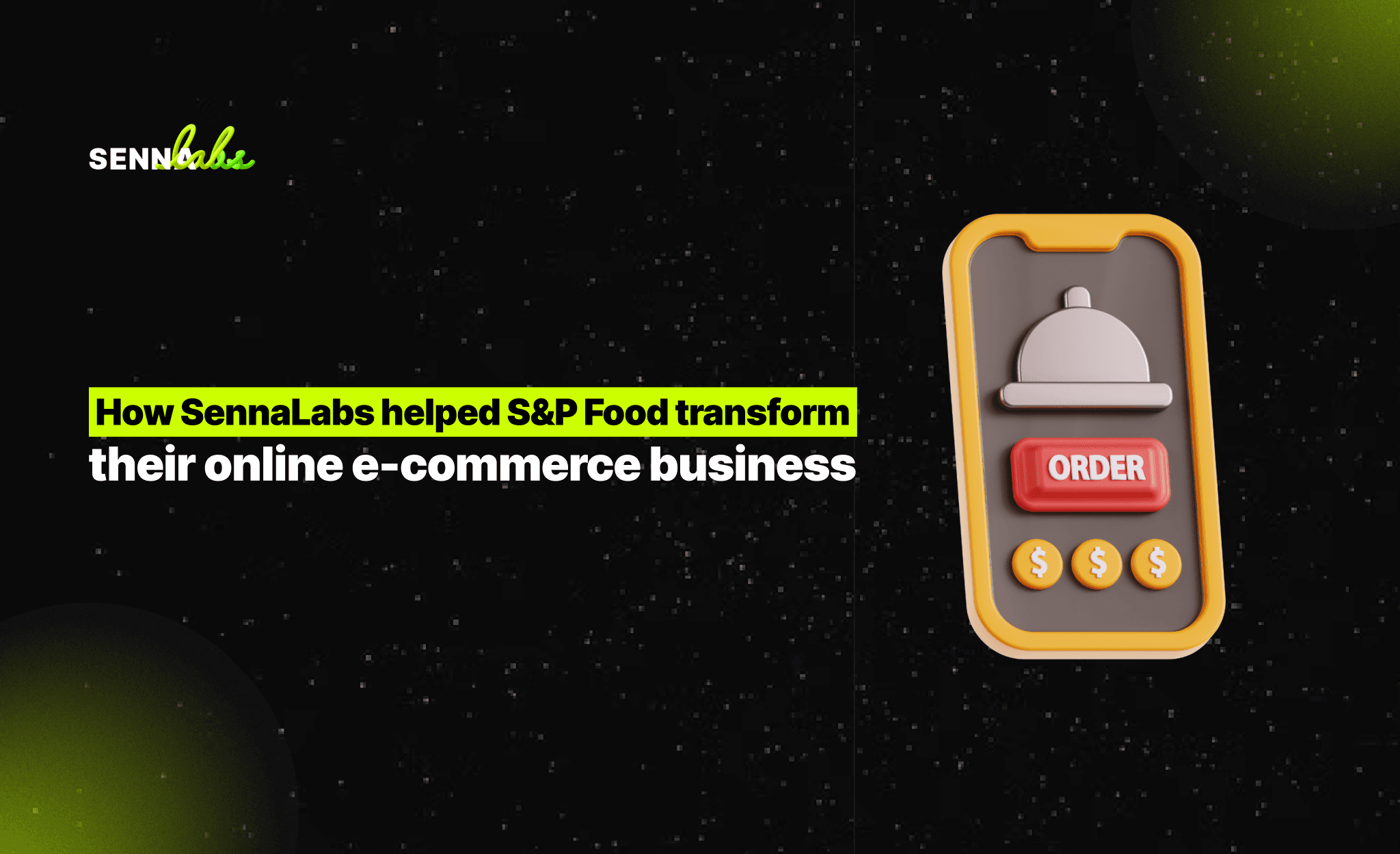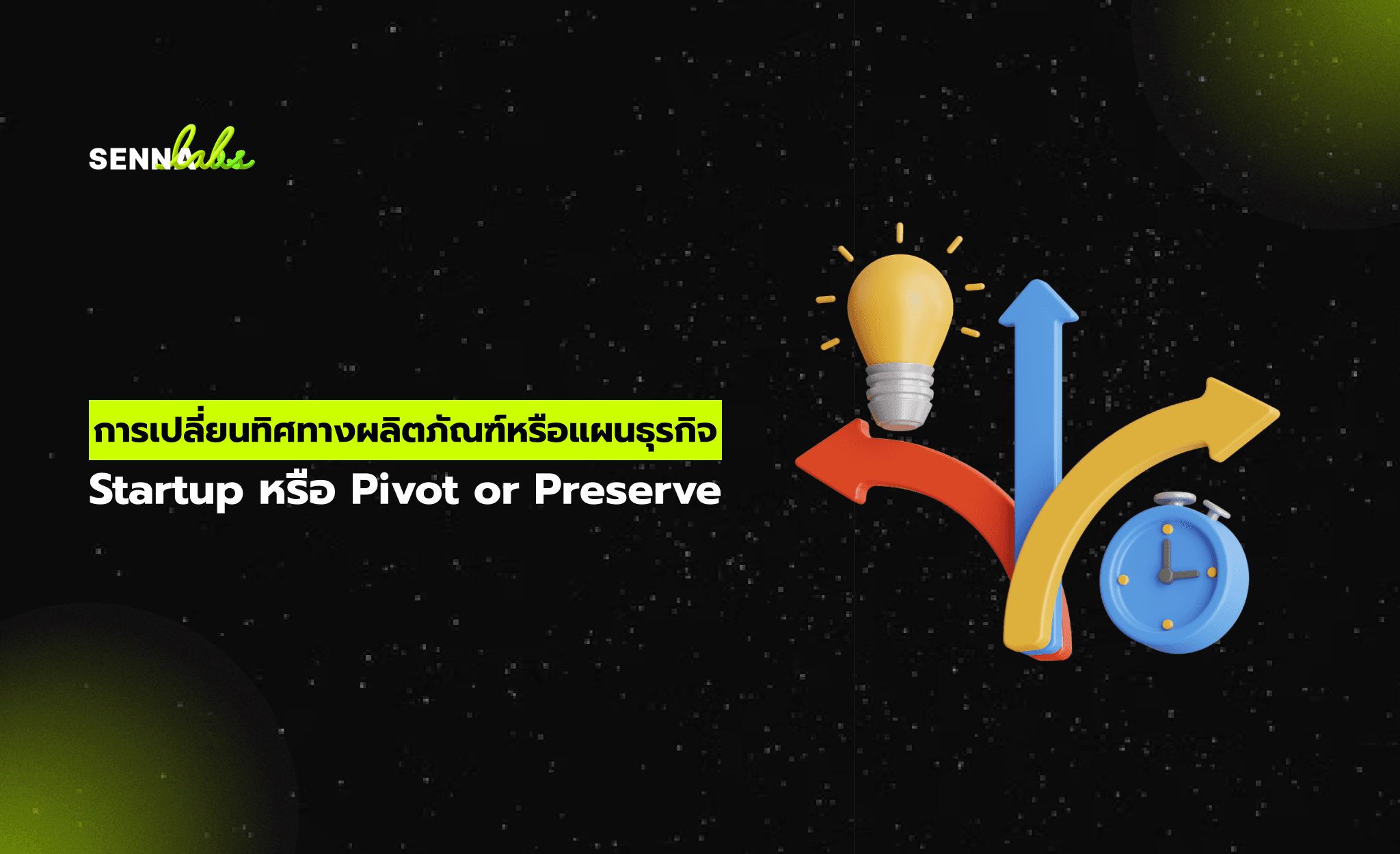Why Continuous Requirements Refinement is Key to IT Project Success

In the fast-evolving world of technology, IT projects are rarely static. As business needs change, market demands shift, and technology itself advances, the requirements for any given project often need to adapt. In this context, a one-time gathering of project requirements is often not enough to ensure success. Rather, a continuous and iterative approach to refining requirements throughout the project lifecycle has emerged as a best practice for ensuring that solutions remain aligned with evolving needs.
The process of continuous requirements refinement involves revisiting and adjusting project requirements throughout the discovery, development, and implementation phases. This iterative approach ensures that the project evolves alongside shifting business objectives, market conditions, and technological advancements. It helps organizations avoid costly misalignments and ensures that the final solution delivers value.
This article explores the importance of continuous requirements refinement in IT projects, emphasizing its role in ensuring project alignment, mitigating risks, and enhancing overall project success. We’ll also look at a real-world use case where a telecommunications company used this approach during a network upgrade project, resulting in smoother implementation and a 25% improvement in network performance.

What is Continuous Requirements Refinement?
Continuous requirements refinement is an iterative process in which project teams revisit and adjust the requirements of an IT project at regular intervals throughout the project lifecycle. Rather than locking down all requirements at the beginning of the project and sticking to them regardless of changes in the business environment, continuous refinement allows teams to adapt as new information becomes available.
This process typically involves:
-
Ongoing collaboration with stakeholders to ensure that evolving business needs are captured and incorporated into the project.
-
Regular reassessment of project scope to ensure it remains aligned with strategic objectives.
-
Frequent feedback loops with end users and technical teams to verify that the project continues to meet functional and technical requirements.
-
Iterative development cycles that incorporate feedback from previous iterations and adjust requirements accordingly.
This dynamic approach stands in contrast to the traditional waterfall method of project management, which gathers all requirements upfront and then proceeds in a linear fashion. While the waterfall method has its place in certain types of projects, it lacks the flexibility needed for IT projects where external factors and internal business needs are likely to change over time.
Why Continuous Requirements Refinement is Critical for IT Projects
Continuous requirements refinement is not just a good practice—it’s essential for the success of complex IT projects, particularly those involving emerging technologies, large-scale systems, or evolving business strategies. Here are several reasons why this iterative approach is key to ensuring IT project success:
1. Adapting to Evolving Business Needs
One of the primary benefits of continuous requirements refinement is its ability to adapt to changing business conditions. In many IT projects, especially those that span months or even years, business priorities can shift. New competitors may emerge, customer demands might change, or internal business strategies may evolve. A project that is locked into static requirements risks becoming outdated before it even reaches completion.
For example, during the network upgrade project undertaken by the telecommunications company in our use case, the company’s business strategy shifted midway through the project. New service offerings required additional network capabilities that hadn’t been anticipated in the original requirements. Thanks to continuous refinement, the project team was able to revisit the requirements, adjust the scope, and ensure that the upgraded network could support the new services. This agility allowed the company to remain competitive and meet market demands.
2. Mitigating the Risk of Project Misalignment
Projects that fail to adjust their requirements throughout the development lifecycle run the risk of delivering solutions that don’t align with current business needs. A product or system may meet the initial requirements, but if those requirements have become irrelevant or obsolete, the project’s success is undermined.
Continuous refinement ensures that requirements remain relevant throughout the project’s duration. By involving stakeholders at regular intervals and gathering feedback from end users, project teams can make adjustments that keep the project on track. This reduces the risk of misalignment and helps to ensure that the final product delivers value.
In the telecommunications company’s network upgrade project, regular feedback from both technical teams and business units revealed performance bottlenecks that weren’t part of the original project plan. By refining the requirements, the team was able to address these issues before implementation, ensuring that the final solution provided the performance improvements the business needed.
3. Enhancing Flexibility and Reducing Rework
Continuous requirements refinement supports Agile methodologies, which emphasize iterative development and adaptability. In Agile projects, requirements are refined throughout each sprint or iteration, allowing for flexibility and course corrections. This approach helps to avoid significant rework later in the project, which can be costly and time-consuming.
Instead of waiting until the end of the project to discover that certain requirements are no longer relevant—or that additional functionality is needed—continuous refinement ensures that these adjustments are made incrementally. By making small adjustments throughout the project lifecycle, teams can avoid large-scale rework, keep the project on schedule, and reduce costs.
For the telecommunications company, continuous refinement allowed the project team to adjust the scope as new technical challenges emerged. This iterative approach prevented the need for extensive rework during the implementation phase, enabling a smoother rollout of the upgraded network and contributing to a 25% improvement in network performance.
4. Improving Stakeholder Satisfaction
In IT projects, keeping stakeholders satisfied is critical for project success. When requirements are refined continuously, stakeholders remain actively involved in the project and can see their feedback being incorporated into the final solution. This level of engagement builds trust and ensures that the project stays aligned with stakeholder expectations.
In many cases, stakeholder needs evolve over time, and their feedback may highlight gaps in the original requirements. By maintaining a flexible approach to requirements gathering, project teams can ensure that stakeholder input is taken into account at every stage. This not only improves the quality of the final product but also increases stakeholder satisfaction with the project as a whole.
During the network upgrade project, the telecommunications company involved stakeholders from different business units throughout the discovery and development phases. Regular reviews and feedback sessions ensured that the upgraded network would meet the needs of various departments, from customer service to network operations. By continuously refining the requirements based on stakeholder input, the project team ensured that the final solution addressed all relevant concerns, resulting in higher stakeholder satisfaction.
5. Adapting to Technological Advances
In the technology landscape, advances are happening rapidly. New tools, platforms, and solutions may emerge during the lifecycle of a project, offering opportunities to enhance the system or product being developed. By following a continuous requirements refinement process, IT projects can take advantage of these advancements without derailing the entire project.
For example, during the telecommunications company’s network upgrade, new technologies became available that could improve network performance and reduce latency. By revisiting and refining the technical requirements as these technologies emerged, the project team was able to integrate them into the upgraded network. This proactive approach allowed the company to deliver a more robust solution that outperformed their original projections.
Use Case: Continuous Requirements Refinement in a Telecom Network Upgrade Project
To illustrate the benefits of continuous requirements refinement, let’s explore how a telecommunications company applied this approach during a major network upgrade project.
The Challenge
The telecommunications company needed to upgrade its aging network infrastructure to improve service reliability and prepare for future demand. Initially, the company gathered a set of static requirements that focused on boosting network capacity, reducing downtime, and improving customer satisfaction. However, as the project progressed, several factors necessitated changes to the project scope, including evolving business priorities and the availability of new network technologies.
The company quickly realized that sticking rigidly to the initial requirements would result in a solution that no longer aligned with their evolving business needs. Additionally, the company wanted to ensure that the upgraded network could support new services they planned to introduce in the near future.
The Solution: Continuous Requirements Refinement
To address these challenges, the company adopted an iterative approach to requirements refinement. Rather than locking down all requirements at the outset, the project team continuously revisited and adjusted the requirements as the project progressed.
Key actions taken during the project included:
-
Frequent stakeholder reviews: Regular feedback sessions were held with business units and technical teams to assess whether the project’s requirements were still aligned with the company’s strategic objectives.
-
Incorporation of new technologies: As new network technologies became available during the project, the team reassessed the technical requirements to ensure that the upgraded network would take advantage of these innovations.
-
Refinement of performance goals: Initial performance benchmarks were revisited based on real-time testing and feedback. The project team adjusted the requirements to ensure that the upgraded network would meet or exceed the new performance standards.
The Results
By adopting continuous requirements refinement, the telecommunications company achieved several key outcomes:
-
Smoother implementation: The iterative approach allowed the team to identify and resolve technical challenges early, preventing bottlenecks during the implementation phase.
-
25% improvement in network performance: Thanks to the incorporation of new technologies and adjustments to performance benchmarks, the upgraded network delivered a 25% improvement in overall performance, exceeding initial expectations.
-
Better alignment with business goals: Regular stakeholder reviews ensured that the upgraded network aligned with the company’s evolving business priorities, including support for future services.
-
Reduced rework: The continuous refinement process minimized the need for large-scale rework, keeping the project on schedule and within budget.
Key Takeaways
The use case of the telecommunications company demonstrates how continuous requirements refinement can lead to smoother project implementation, better alignment with business needs, and improved technical performance. Here are the key takeaways for organizations looking to adopt this approach:
-
Adapt requirements to evolving business conditions: Continuous refinement ensures that project requirements remain relevant and aligned with changing business needs.
-
Reduce rework through iterative development: By making small adjustments throughout the project lifecycle, teams can avoid costly rework and keep the project on track.
-
Engage stakeholders regularly: Continuous feedback from stakeholders helps ensure that the project remains aligned with their expectations and minimizes the risk of misalignment.
-
Incorporate new technologies as they emerge: Continuous refinement allows teams to integrate new tools and technologies into the project, improving the final solution’s performance and capabilities.
Conclusion
In IT projects, the ability to adapt to change is critical for success. Continuous requirements refinement provides a flexible and iterative approach to managing project requirements, allowing organizations to respond to evolving business needs, incorporate stakeholder feedback, and integrate new technologies. By embracing this approach, organizations can reduce the risk of project misalignment, improve project outcomes, and deliver solutions that provide lasting value.
As demonstrated by the telecommunications company’s network upgrade project, continuous requirements refinement can lead to smoother implementation, enhanced performance, and long-term project success. For any organization embarking on a complex IT project, adopting continuous refinement should be a core part of the project management strategy.


Subscribe to follow product news, latest in technology, solutions, and updates
Other articles for you



Let’s build digital products that are simply awesome !
We will get back to you within 24 hours!Go to contact us Please tell us your ideas.
Please tell us your ideas.







